Powerful Chola Rulers Of Southern India: Patrons Of Architecture, Art And Literature
A. Sutherland - AncientPages.com - Among three prominent Tamil dynasties that ruled in Southern India, the Chola Dynasty, which ruled for four hundred years, is considered to be the most powerful and one of the longest-ruling dynasties; two others were the Cheras and the Pandyas.
It is believed that the center of the Chola Empire was located in the valley of the sacred Kaveri River of southern India, but not much is known about the early Cholas until the rise of Vijayalaya Chola, a king of South India Thanjavur (r. 850 – 870 CE) who founded the imperial Chola Empire.
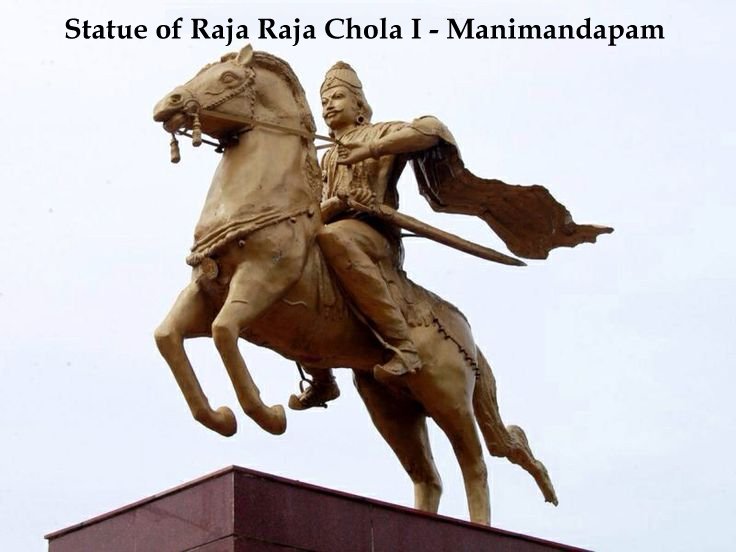
Statue of Raja Raja Chola I - Manimandapam. He was one of the greatest emperors of the Tamil Chola Empire of India
There is a vast number of inscriptions that help to reconstruct the dynasty's later history, which is mentioned in the earliest historical documents known as Ashoka’s Rock Edicts II and XII, a collection of 33 inscriptions on the Pillars of Ashoka as well as boulders and cave walls made by the Emperor Ashoka of the Mauryan Empire during his reign from 269 BC to 232 BC.
The achievements of Vijayalaya Chola were recorded in stone inscriptions and copper-plate foundation documents. He initiated a great period in the history of southern India, which was later continued by other rulers of this dynasty.
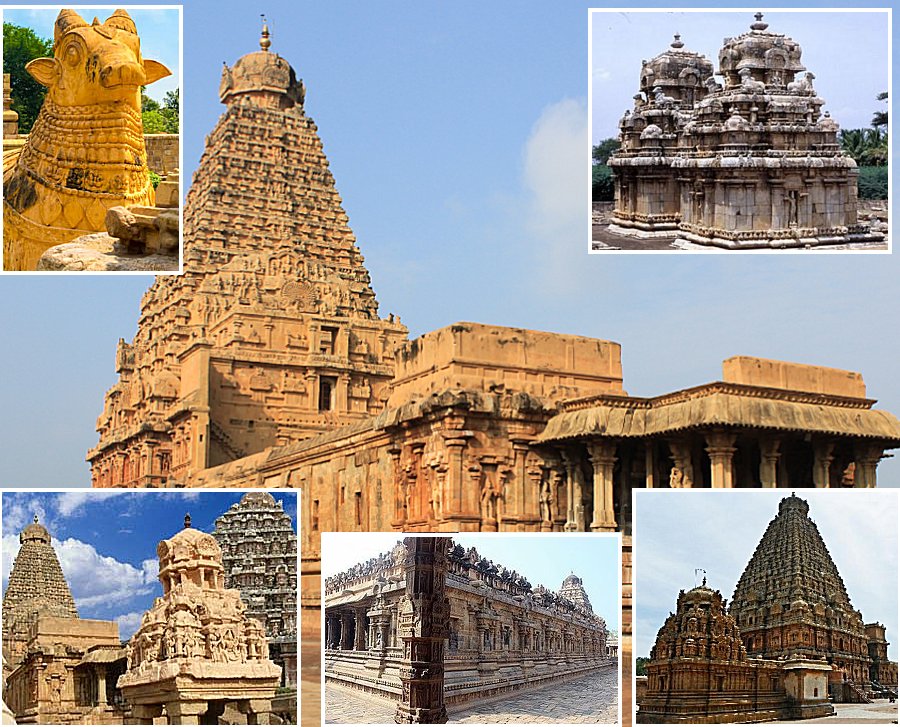
The temples were not only religious institutions but served as centers for economic and educational activities.
Another renowned ruler of the Chola Empire was Raja Raja Chola I (or Rajaraja Chola I, who ascended the throne in 985 and ruled until 1014. He was an efficient ruler, a great warrior, and a great enthusiast of architecture.
He commissioned the building of Brihadeshwara Hindu Temple dedicated to Shiva and located in Thanjavur in Tamil Nadu, southern India. Completed in 1010 AD, this magnificent temple in Dravidian style was the tallest (216 feet) building in India at the time. Its rich endowment included a huge gift of 60 bronzes of which 22 were given by the great King Rajaraja I.
The temple is now part of the UNESCO World Heritage Site known as the "Great Living Chola Temples".
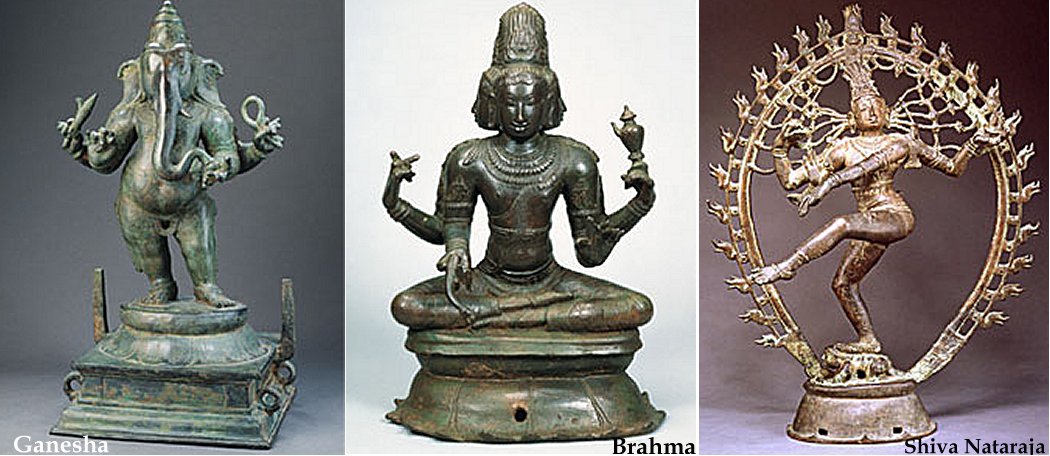
The bronze sculpture was raised to its recognition between the ninth-thirteenth centuries by the imperial Chola dynasty, the patrons of art, literature, and architecture. Source
At their height (about the 9th century till the beginning of the 13th century), the Cholas ruled over much of southern India, extending their control to include Sri Lanka, the Maldives, parts of Indonesia, and north up the coast of the Bay of Bengal to the Godavari basin (in the modern state of Andhra Pradesh.
The empire became very powerful politically, economically, and culturally. Their kings developed agriculture and created wide access to the thriving maritime trade routes, which included those of the Tang dynasty in China, Jewish traders in Aden, Yemen, and the Srivijaya Empire in the Malaysian archipelago. They developed strong trade links with China by sending their embassies. Ships of the Chola Empire carried goods from Africa and West Asia to China.
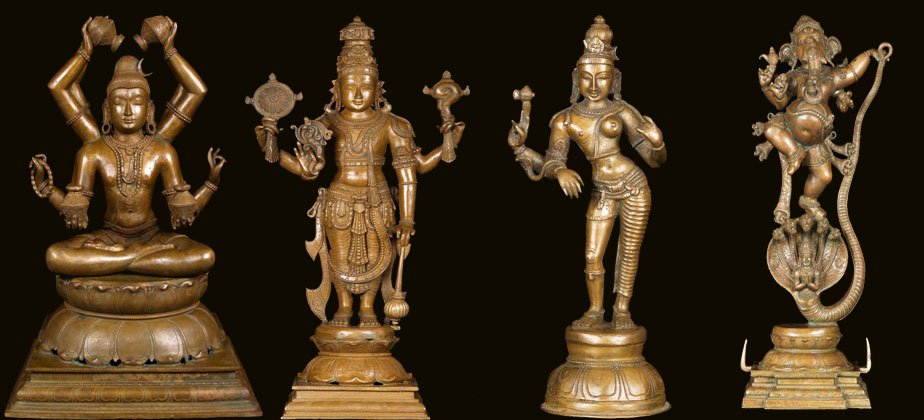
Chola Bronze sculptures. Source
The Cholas also started a large construction project and focused their work on the Tamil arts and literature, and built numerous stone temple complexes richly decorated with depictions of Hindu gods. The Chola skilled master builders used very hard building material, charnockite, and accomplished masterwork in a short time. The temples were not only religious institutions but served as centers for economic and educational activities.
Many argue that the magnificent bronze sculpture related to the Cholas is a masterwork that has never been equaled. The kings of this significantly elevated the art of bronze sculpture. Famous bronze masterwork was based on using the lost wax process. This ancient process was already established at the time the Chola kings came to power, but they additionally contributed to further development of the process and encouraged artists and bronze-smiths to work.
At the beginning of the 13th century, the Chola dynasty began to gradually decline until it was finally absorbed by the powerful Pandya kings.
However, the contribution of the Chola rulers to Tamil literature, art, and architecture has left a lasting and highly noticeable legacy throughout the region.
Written by – A. Sutherland AncientPages.com Staff Writer
Copyright © AncientPages.com All rights reserved. This material may not be published, broadcast, rewritten or redistributed in whole or part without the express written permission of AncientPages.com
Expand for referencesReferences:
Malarvannan, A. The Life of Mahabalipuram
Thapar, Bindia. Introduction to Indian Architecture
More From Ancient Pages
-
 Fossil Study: Coelacanths Thrived In Switzerland After A Mass Extinction
Fossils | Jul 28, 2023
Fossil Study: Coelacanths Thrived In Switzerland After A Mass Extinction
Fossils | Jul 28, 2023 -
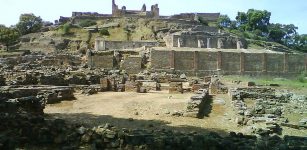 Immense Ancient Copper Mine Used By Romans Unearthed In Spain
Archaeology | Mar 20, 2017
Immense Ancient Copper Mine Used By Romans Unearthed In Spain
Archaeology | Mar 20, 2017 -
 Lost Since 1362: Researchers Discover The Church Of Rungholt – A Sunken Medieval Trading Place
Archaeology | May 25, 2023
Lost Since 1362: Researchers Discover The Church Of Rungholt – A Sunken Medieval Trading Place
Archaeology | May 25, 2023 -
 Undeciphered Singapore Stone’s Carvings – New Attempt To Crack The Puzzle
Artifacts | Jun 11, 2024
Undeciphered Singapore Stone’s Carvings – New Attempt To Crack The Puzzle
Artifacts | Jun 11, 2024 -
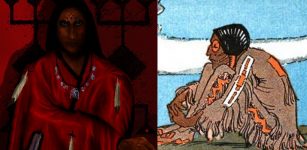 Iktomi – Native American Spider-Trickster Spirit Whose Stories Teach Moral Values
Featured Stories | Jan 28, 2019
Iktomi – Native American Spider-Trickster Spirit Whose Stories Teach Moral Values
Featured Stories | Jan 28, 2019 -
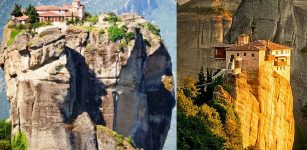 Meteora – A Sanctuary Of Harmony And Quietness “Hanging” In The Sky
Civilizations | Aug 14, 2015
Meteora – A Sanctuary Of Harmony And Quietness “Hanging” In The Sky
Civilizations | Aug 14, 2015 -
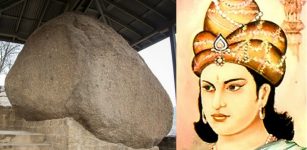 Mansehra Rock Edicts – Last Words Of Emperor Ashoka
Featured Stories | May 27, 2019
Mansehra Rock Edicts – Last Words Of Emperor Ashoka
Featured Stories | May 27, 2019 -
 Kingdom Of Mitanni: Forgotten For Millennia But Once Great Power Of Ancient West Asia In 2000 BC
Civilizations | Jun 20, 2023
Kingdom Of Mitanni: Forgotten For Millennia But Once Great Power Of Ancient West Asia In 2000 BC
Civilizations | Jun 20, 2023 -
 Ancient Mesoamerican Board Games ‘Patollis’ Discovered In Mexico
Archaeology | Sep 9, 2024
Ancient Mesoamerican Board Games ‘Patollis’ Discovered In Mexico
Archaeology | Sep 9, 2024 -
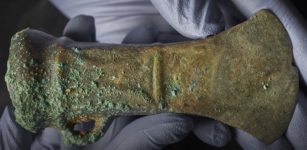 Mysterious Havering Hoard – Largest Ever Bronze Age Hoard Discovered In London
Archaeology | Oct 21, 2019
Mysterious Havering Hoard – Largest Ever Bronze Age Hoard Discovered In London
Archaeology | Oct 21, 2019 -
 Mysterious Ancient Underground Chambers Beneath Jerusalem Baffle Archaeologists
Archaeology | Jul 6, 2020
Mysterious Ancient Underground Chambers Beneath Jerusalem Baffle Archaeologists
Archaeology | Jul 6, 2020 -
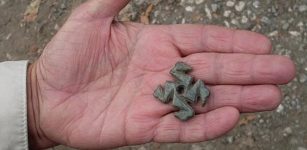 8,000-Year-Old Nephrite ‘Frog-Like’ Swastika In Bulgaria’s Neolithic Settlement – Unearthed
Archaeology | Dec 8, 2015
8,000-Year-Old Nephrite ‘Frog-Like’ Swastika In Bulgaria’s Neolithic Settlement – Unearthed
Archaeology | Dec 8, 2015 -
 2,000-Year-Old Completely Preserved Shipwreck With Amphorae Found Near Šćedro Island
Archaeology | May 14, 2024
2,000-Year-Old Completely Preserved Shipwreck With Amphorae Found Near Šćedro Island
Archaeology | May 14, 2024 -
 Why Did Stone Age People Cut Off Their Fingers?
Archaeology | Dec 6, 2018
Why Did Stone Age People Cut Off Their Fingers?
Archaeology | Dec 6, 2018 -
 Unique Early Alemannic Chamber Grave Discovered In Gerstetten, Germany
Archaeology | Sep 20, 2024
Unique Early Alemannic Chamber Grave Discovered In Gerstetten, Germany
Archaeology | Sep 20, 2024 -
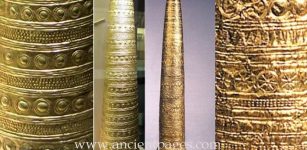 Mystery Of 3,000-Year-Old Conical Hats – Was It A Highly Advanced Device?
Artifacts | Jun 20, 2020
Mystery Of 3,000-Year-Old Conical Hats – Was It A Highly Advanced Device?
Artifacts | Jun 20, 2020 -
 First Known Depiction Of The Biblical Heroines Deborah And Jael Unearthed On 1,600-Year-Old Mosaics
Archaeology | Jul 6, 2022
First Known Depiction Of The Biblical Heroines Deborah And Jael Unearthed On 1,600-Year-Old Mosaics
Archaeology | Jul 6, 2022 -
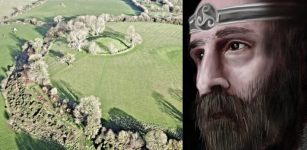 Massive Underground Anomaly – Iron Ages Temples And Seat Of Legendary Ulster Kings Discovered At Navan Fort?
Archaeology | Jul 21, 2020
Massive Underground Anomaly – Iron Ages Temples And Seat Of Legendary Ulster Kings Discovered At Navan Fort?
Archaeology | Jul 21, 2020 -
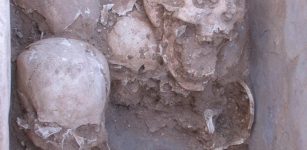 Unusual Burial Ceremony: Bones Of The Dead Were Sorted And Categorized Before Burial
Archaeology | Jan 24, 2016
Unusual Burial Ceremony: Bones Of The Dead Were Sorted And Categorized Before Burial
Archaeology | Jan 24, 2016 -
 Syamantaka – Divine Jewel With Magical Powers Was A Gift From The Sun God In Hindu Mythology
Featured Stories | Mar 1, 2019
Syamantaka – Divine Jewel With Magical Powers Was A Gift From The Sun God In Hindu Mythology
Featured Stories | Mar 1, 2019
